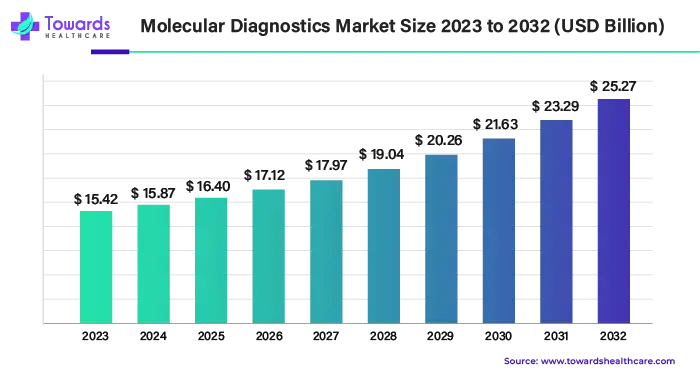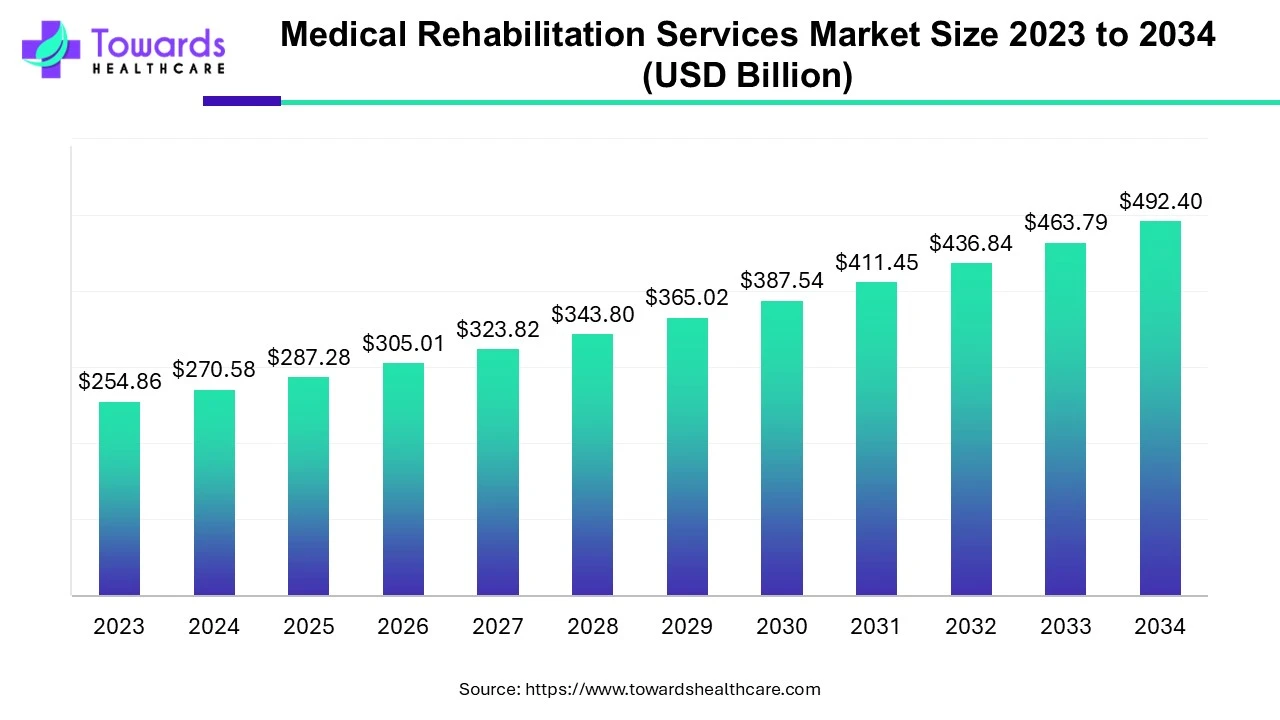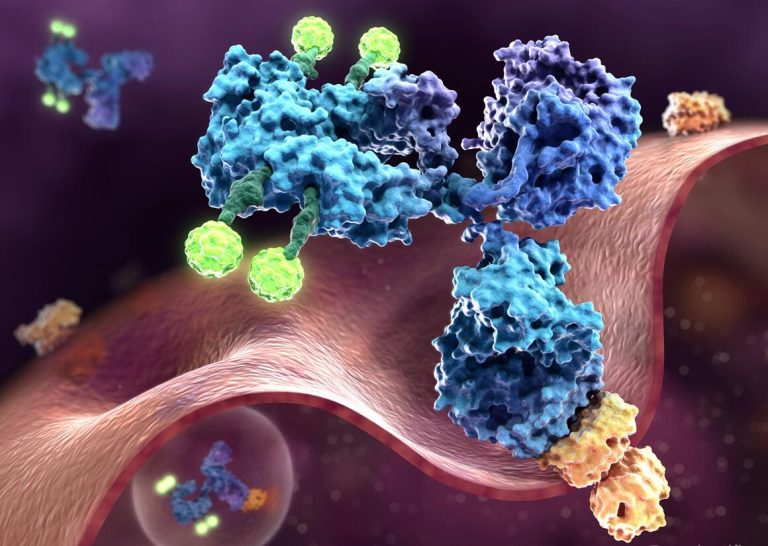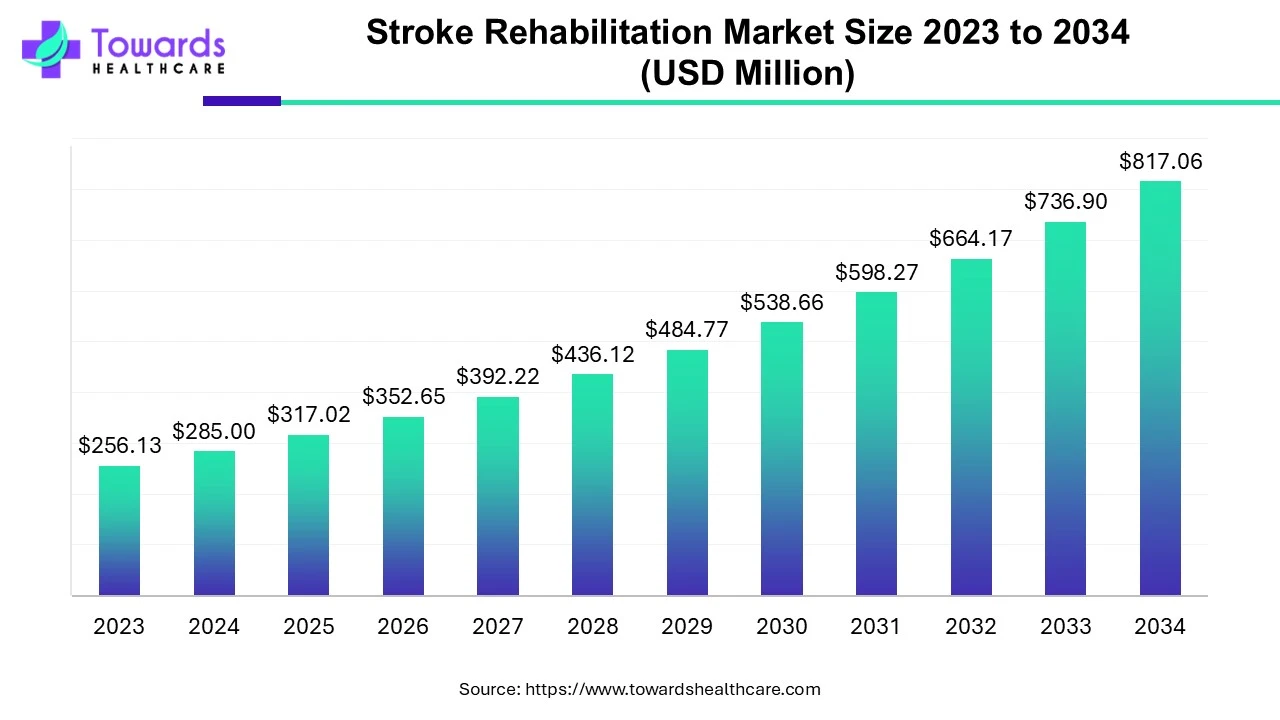
The molecular diagnostics market has been on an impressive growth trajectory, propelled by advancements in technology, increasing prevalence of infectious diseases, and rising demand for personalized medicine. In 2023, the market size was valued at USD 15.42 billion, and it is projected to soar to USD 25.27 billion by 2032, exhibiting a robust 5.3% CAGR from 2024 to 2032.
When lung cancer is caught early, about six out of every ten individuals diagnosed can live for five years or more. However, if lung cancer is detected in its advanced stages, this survival rate drops to less than one in every ten people.
Molecular diagnostics involves analyzing molecules like DNA, RNA, or proteins in a tissue sample to diagnose diseases or assess the risk of developing them, such as cancer. It includes various tests such as biomarker tests, liquid biopsies, tumor sensing tests, and genetic tests, and is also known as molecular pathology. Doctors can conduct molecular tests for common inherited cancers. For instance, in breast cancer, they can look for specific hereditary abnormalities in the BRCA1 and BRCA2 genes, which may increase the patient’s risk of ovarian and breast cancer.
Beyond diagnosis, various tests are crucial for evaluating treatment effectiveness and detecting medication resistance. For example, in HIV treatment, quantitative molecular assays monitor viral load. A significant increase in viral load may indicate resistance to the current treatment. In such cases, doctors can perform DNA sequencing on the patient’s HIV strain to identify resistance-associated mutations. This information allows for a quick switch to other drugs, ensuring that the infection remains under control.
We are still in the early stages of understanding the significance of these genetic changes and their role in disease development. While our ability to analyze DNA sequences for disease detection has improved significantly, a deeper understanding of these changes is necessary. We have a vast amount of information, but the challenge now lies in successfully interpreting it and translating it into actionable insights. This ongoing research focused on unraveling the complexities of diseases holds tremendous promise for establishing more precise diagnostics and personalized treatment strategies.
Download a sample of this report @ https://www.towardshealthcare.com/personalized-scope/5150
Understanding Molecular Diagnostics
Molecular diagnostics involves the analysis of biological markers in an individual’s genetic code or proteins to diagnose and monitor diseases. This approach enables healthcare professionals to make accurate and timely diagnoses, leading to more effective treatment decisions.
Key Components of Molecular Diagnostics
- Nucleic Acid Amplification Techniques: Polymerase Chain Reaction (PCR) and other amplification methods are used to detect and quantify specific sequences of DNA or RNA.
- Hybridization Techniques: These methods, including Fluorescence In Situ Hybridization (FISH) and Southern blotting, identify and analyze DNA or RNA sequences through complementary base pairing.
- Next-Generation Sequencing (NGS): NGS technologies enable rapid sequencing of DNA or RNA, allowing for the detection of genetic variations associated with various diseases.
Factors Driving Market Growth
Technological Advancements
- Rapid advancements in molecular biology, automation, and bioinformatics have revolutionized molecular diagnostics. Introduction of innovative platforms and assays has enhanced the accuracy, speed, and cost-effectiveness of diagnostic procedures.
Rising Prevalence of Infectious Diseases
- The increasing incidence of infectious diseases, such as HIV/AIDS, tuberculosis, and hepatitis, has necessitated the development of advanced diagnostic tools for early detection and management. Molecular diagnostics offer sensitive and specific methods for identifying pathogens, aiding in effective disease control and prevention.
Shift Towards Personalized Medicine
- With growing emphasis on personalized healthcare, molecular diagnostics play a crucial role in tailoring treatment strategies to individual patients. Genetic testing and molecular profiling help identify biomarkers associated with drug response, enabling clinicians to prescribe targeted therapies with higher efficacy and fewer adverse effects.
Challenges and Opportunities
Challenges
- Regulatory Hurdles: Stringent regulatory requirements for product approval and clinical validation pose challenges for market players.
- Cost Constraints: High initial setup costs and expensive reagents limit the adoption of molecular diagnostics in resource-limited settings.
Opportunities
- Point-of-Care Testing: The development of rapid, user-friendly molecular diagnostic tests for use at the point of care presents significant growth opportunities.
- Integration of Artificial Intelligence: Leveraging AI algorithms for data analysis and interpretation can enhance the accuracy and efficiency of molecular diagnostics.
North America Dominates, Asia Pacific to Emerge in Molecular Diagnostics Market
The global molecular diagnostics market exhibits a diverse geographical landscape, with varying growth trajectories across regions. Currently, North America holds a dominant position, driven by the high prevalence of healthcare-associated infections and excessive use of antibiotics in the region. Additionally, the strong presence of key market players contributes to North America’s leadership. Robust research and development, along with well-established healthcare infrastructure in countries like the U.S. and Canada, further bolster the molecular diagnostics market in North America. In 2021, government spending on HIV through bilateral and international channels totaled US$7.5 billion, with the United States being the largest donor, contributing US$5.5 billion, accounting for 73% of total donor government spending. The United Kingdom, Germany, the European Commission, and France followed as the next significant contributors.
Conversely, the Asia Pacific region is expected to emerge as the fastest-growing market for molecular diagnostics. This growth is attributed to increasing concerns regarding antimicrobial resistance (AMR) and the rise in hospital-acquired infections. Government initiatives aimed at promoting antimicrobial resistance surveillance, coupled with a rise in healthcare expenditure, are driving factors for the molecular diagnostics market in Asia Pacific. Moreover, the increasing adoption of rapid diagnostic tests for quicker and more accessible diagnostics, alongside the expansion of laboratories, further propel market growth in the region.
Molecular Diagnostics Market Segments
(**We also provide cross-sectional analysis in market segments)
By Product Type
- Instruments and Systems
- Reagents and Kits
- Software
- Other Products
By Technology
- Polymerase chain reaction (PCR)
- Multiplex PCR
- Others
- In Situ Hybridization (ISH)
- Isothermal Nucleic Acid Amplification Technology (INAAT)
- Chips and Microarrays
- Mass Spectrometry
- Sequencing
- Transcription Mediated Amplification (TMA)
- Other Technologies
By Application
- Oncology
- Breast Cancer
- Prostate Cancer
- Colorectal Cancer
- Cervical Cancer
- Kidney Cancer
- Liver Cancer
- Blood Cancer
- Lung Cancer
- Other Cancers
- Pharmacogenomics
- Infectious Diseases
- Methicillin-resistant Staphylococcus Aureus (MRSA)
- Clostridium Difficile
- Vancomycin-resistant Enterococci (VRE)
- Carbapenem-resistant Bacteria
- Flu
- Respiratory Syncytial Virus (RSV)
- Candida
- Tuberculosis and Drug-resistant TBA
- Meningitis
- Gastrointestinal Panel Testing
- Chlamydia
- Gonorrhea
- HIV
- Hepatitis C
- Hepatitis B
- Other Infectious Diseases
- Genetic Testing
- Newborn Screening
- Predictive and Presymptomatic Testing
- Other Genetic Testing
- Neurological Disease
- Cardiovascular Disease
- Microbiology
- Others
By Test Location
- Point of Care
- Self-test or OTC
- Central Laboratories
By Geography
- North America
- Europe
- Asia Pacific
- Middle East and Africa
- South America
To own our research study instantly, Click here @ https://www.towardshealthcare.com/price/5150
Read more about Molecular Diagnostics Market:
You can place an order or ask any questions, please feel free to contact us at sales@towardshealthcare.com
About Us
Healthcare Web Wire is a premier subsidiary of Towards Healthcare, dedicated to providing comprehensive insights and information related to the healthcare industry. With a commitment to delivering accurate and timely updates, Healthcare Web Wire serves as a vital resource for professionals, enthusiasts, and stakeholders within the healthcare sector. Our platform serves as a central hub for the latest news, trends and developments shaping the healthcare landscape. Join us on Healthcare Web Wire and become part of a vibrant community dedicated to advancing healthcare knowledge and shaping the future of healthcare worldwide.
Explore the comprehensive statistics and insights on healthcare industry data and its associated segmentation: Get a Subscription
For Latest Update Follow Us: https://www.linkedin.com/company/towards-healthcare


